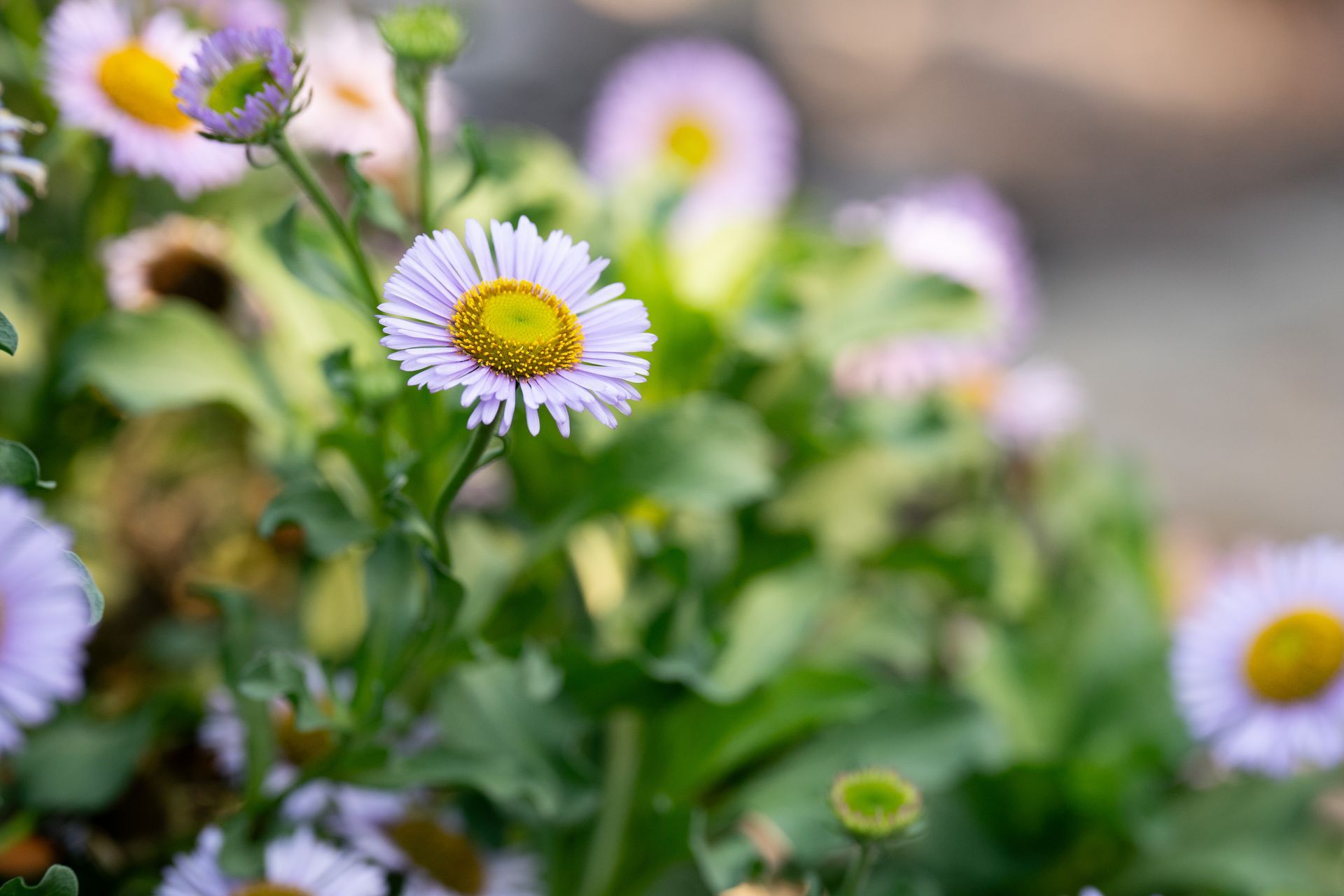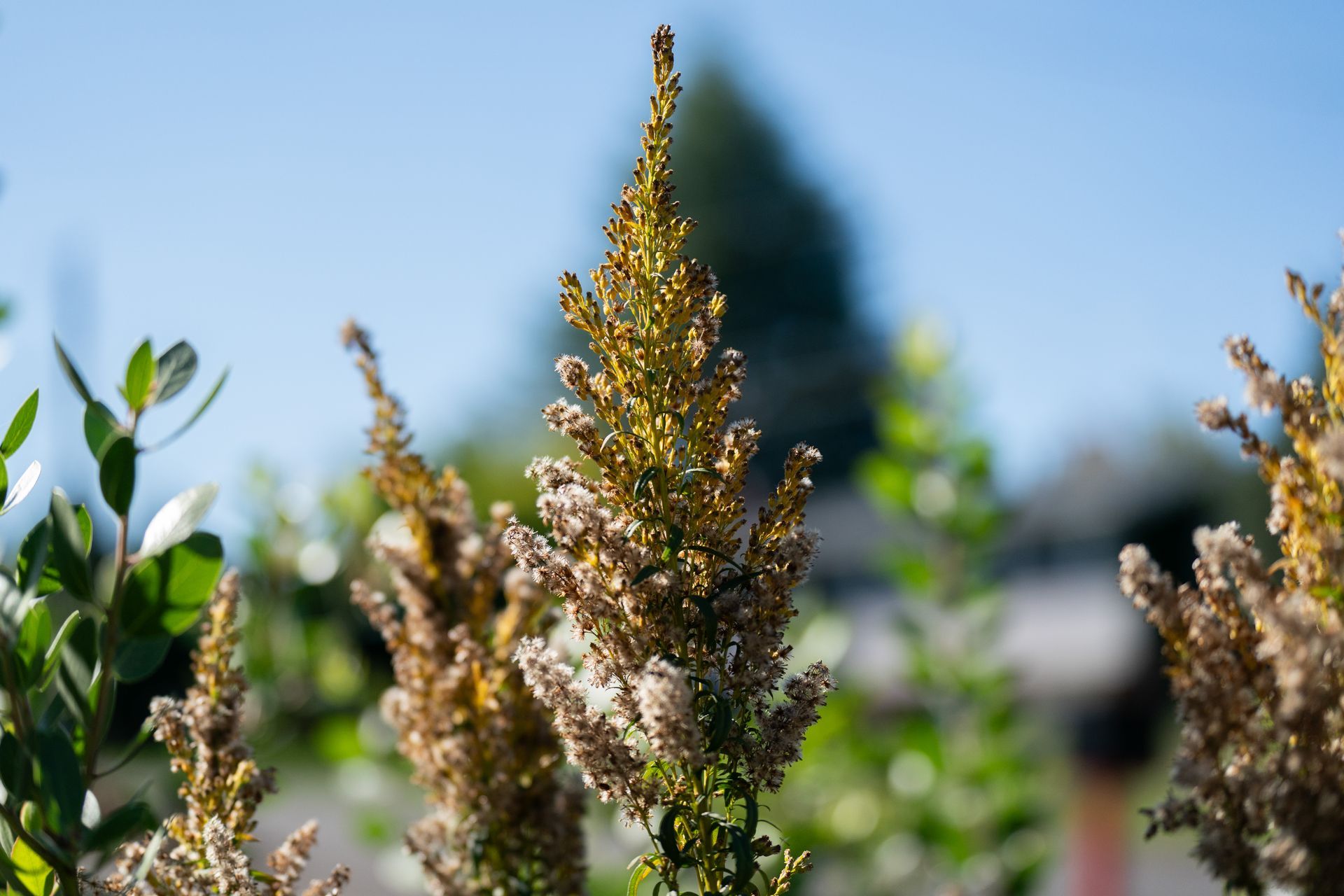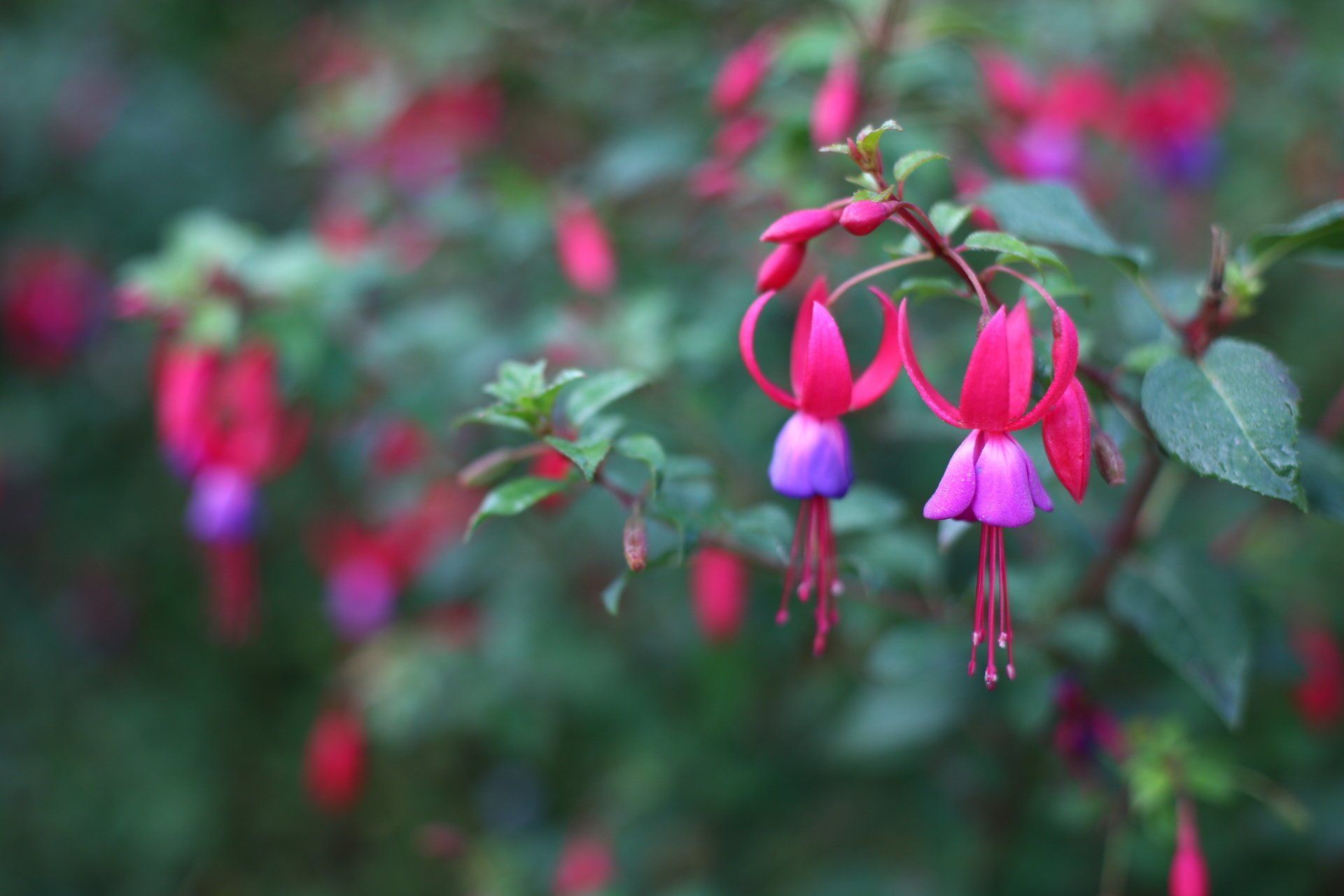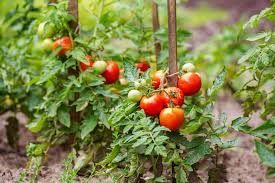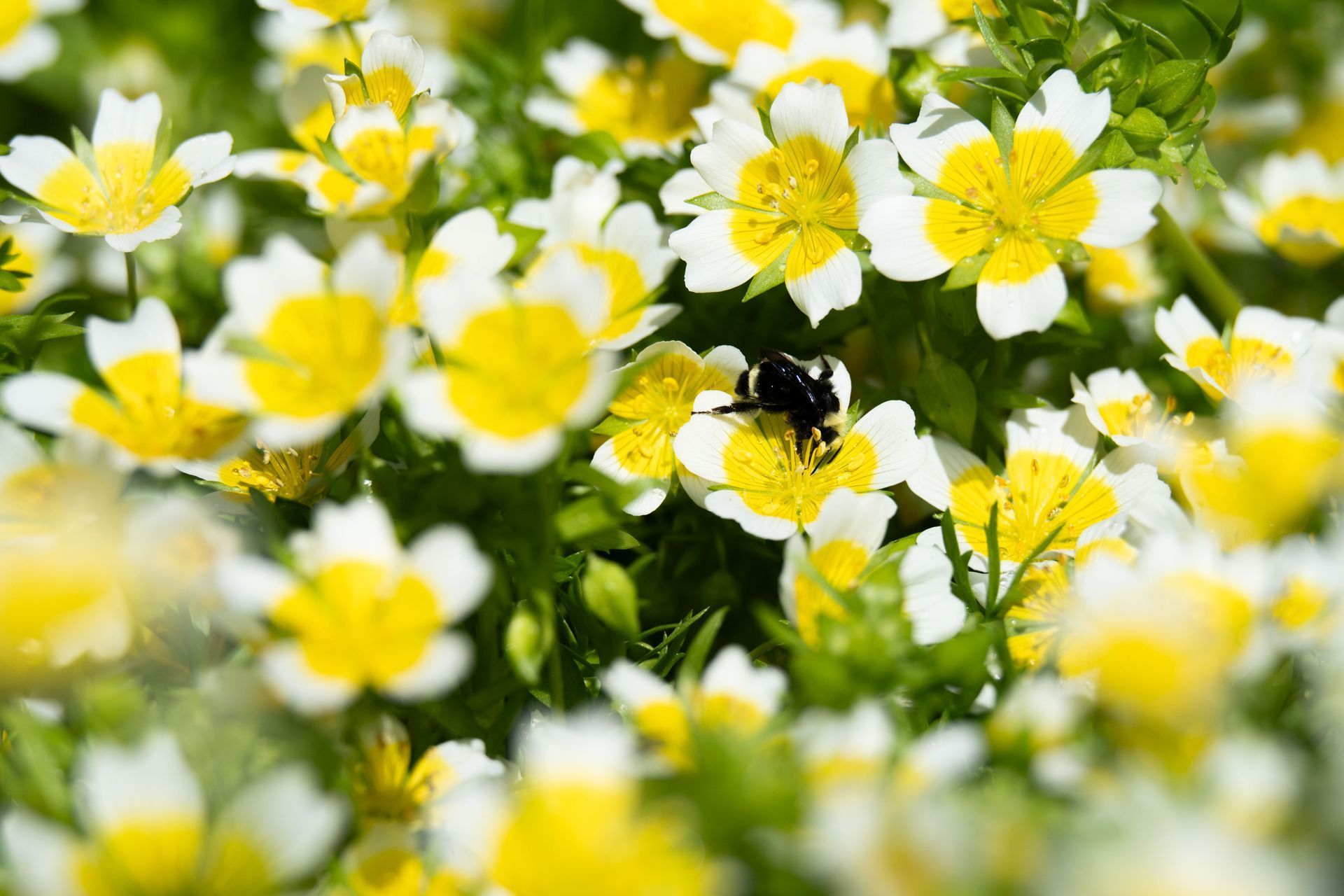October Tips and Tricks
October might just be the best month of the year. Leaves turn gold and crimson, the first steady rains return to refresh thirsty plants, and the garden hums with renewed activity—birds darting through the branches and insects busy among the late blooms and fallen leaves. Soon, the season’s magic spills beyond the garden as little goblins and witches knock on our doors, candy bags in hand.
For gardeners, fall is more than just a feast for the senses. Cooler days and moist soil create the perfect conditions for transplanting trees, shrubs, and perennials—plants settle in more easily now than in the heat of summer. (Unless we're talking Agaves, transplant those after the Spring rains) The softened ground also makes digging and dividing far less of a chore. Even challenging tasks like ivy removal become easier when the soil gives way beneath the roots. Autumn truly is a season of opportunity: a time to plant, to tidy (or not!), and to prepare the garden for the year ahead while savoring every bit of its fleeting beauty.
- The last week of October, but sometimes the first week in November, is the last time that we mow weekly. Be watching your lawn so that you can decide the best time for yourself. Occasionally, we will have a warm Winter, and a touch-up may be needed.
- Eco-lawns- Depending on the seed mix, you can leave these as is, allowing them to form more of a meadow look. This can help create more habitat for wildlife and insects.
- October is the first month when we have a higher probability of transplanting from moist, soft soil into a damp, soft new hole. All plants of course prefer to be dormant (asleep) when being transplanted. So, the coolness of October and the (hopefully) moist soil are perfect for the beginning of the transplanting and planting season. The best planting time typically extends from the rainy season until approximately the middle of March. Now is the best time to plant in Western Oregon!
- If you want Spring blooms, make a trip now to your local nursery and purchase Spring bulbs to plant in the ground! October/November are the traditional months for planting Spring bulbs. You can also plant fall bulbs now, such as Saffron Crocuses and Colchicums.
- The rain will bring out the dormant, sleepy slugs, so getting slug bait out in your beds now will hopefully thwart off a winter and spring invasion of new baby slugs!
- The Fall leaves will start to drop all over your yard. Remember to keep them off the lawn/grass areas and instead rake or blow them into your beds. The wet leaves will damage your lawn if left on, sometimes only in a day or two, but they can become great free compost/mulch for your planting beds. Lots of insects use this leaf litter as their habitat. This is a great way to invite more birds and wildlife into your garden as they forage through the leaves! I love watching them!
- This month, place mulch around potentially tender plants such as Cannas, Fuchsias, Dahlias and Calla Lilies. This will insulate them from frost or freezes.
- Get some bark mulch or chips and spread them 2” thick over any bare areas in your beds for the rainy season. This will prevent erosion and help choke out weed seeds from sprouting.
- If you are seriously into gardening, here are some more tips.
- Plant garlic bulbs now for harvesting next summer
- Pick any green tomatoes and bring them into the garage to ripen.
- Harvest Sunflower heads and bring them into the garage to dry. These are great for birds and human snacking.
- Sow native hardy annuals- you can sow these on any bare soil, or you can use gravel mulch and direct sow on that! Some great hardy annuals are California poppy (Eschscholzia californica), Red Maids (Calandrinia ciliata), Farewell-to-spring (Clarkia amoena) Gilia capitata, to name a few. Feel free to reach out to us if you have any questions about hardy annuals! A hardy annual is an annual plant you can sow in the Fall, and it will germinate, survive the Winter Months, and grow enough roots to sustain itself. Most of our natives will not require additional water the following year, and if they are happy, they will seed around and come up where they are thriving.
